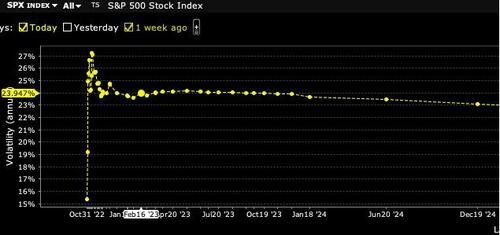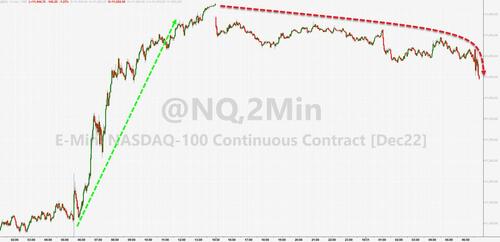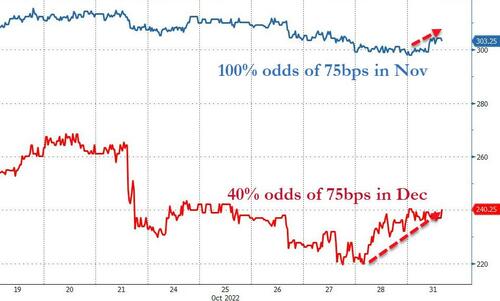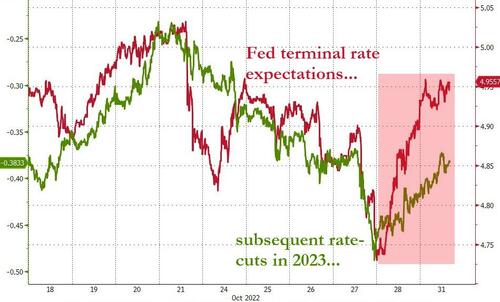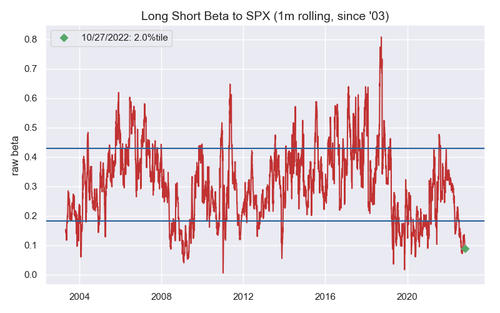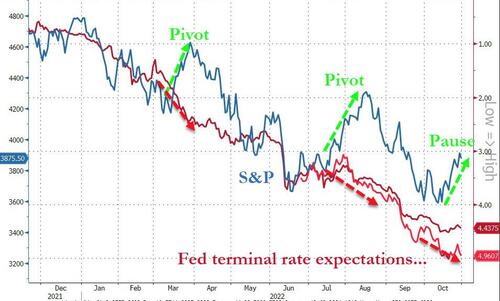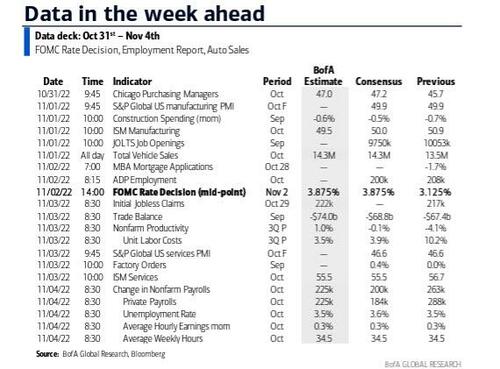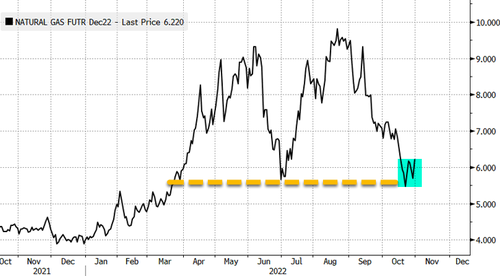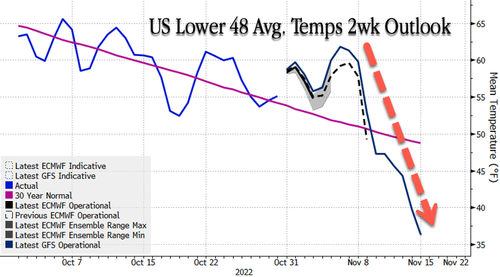Iran Protests Continue As Demonstrators Defy Warnings From Government
Authored by Katabella Roberts via The Epoch Times,
Widespread protests continued across Iran for a 45th consecutive day on Sunday, despite warnings from security officials that they would use tougher measures to crack down on demonstrators.
Protests over the weekend continued despite a warning from the commander-in-chief of the Islamic Revolutionary Guards Corps (IRGC), Maj Gen Hossein Salami, on Saturday that he would use unprecedented force in an effort to quell them.
“Today is the end of the riots. Do not go to the streets anymore!” Salami reportedly said.
“We are telling our youth, the minority of you who have been deceived, stop the evil acts. This ominous sedition will bring no happy ending to you. Do not ruin your future!”
Elsewhere, Iranian President Ebrahim Raisi was reported as saying by state media: “Security is the red line of the Islamic Republic, and we will not allow the enemy to implement in any way its plans to undermine this valuable national asset.”
Yet demonstrators, increasingly angered by the authorities’ attempts to suppress their protests against the Islamist government, ignored the warnings and took to the streets over the weekend.
Demonstrations across the country were initially sparked by the death of 22-year-old Mahsa Amini, a young woman who died in Tehran on Sept. 16 while in the custody of Iran’s “morality police” after she was arrested over her “inappropriate attire. Police have said she suffered a heart attack while in custody.
Over time, the demonstrations have evolved into calls from Iranians for more freedom and demands to overthrow the Islamic regime and Supreme Leader Ayatollah Ali Khamenei, posing the most serious challenge to the country’s clerical leaders in years.
Exile Iranians of the National Council of Resistance of Iran gather in front of the embassy of Iran in Berlin, Germany, on Sept. 20, 2022, after the death of an Iranian woman held by the country’s morality police. (Michael Sohn/AP Photo)
Authorities ‘Kidnapping Students, Particularly Girls’
Video footage posted on social media showed violent confrontations between students and riot police at universities amid reports of raids on student dormitories that have seen students taken away in buses to state detention or banned from campus indefinitely.
In one video, students at the Islamic Azad University-North branch can be seen throwing rocks at IRGC forces and plainclothes agents. Another video posted to Twitter shows security forces using teargas and gunfire to stop students from demonstrating.
The Epoch Times has not been able to verify the video footage.
Maryam Rajavi, the President-elect of the NCRI for the period to transfer sovereignty to the people of Iran, wrote on Twitter on Sunday that IRGC forces have been using pellet guns and live ammunition to crack down on demonstrations at universities while simultaneously “kidnapping students, particularly girls.”
This, she said, shows the “regime’s desperation in face of Iran protests.”
According to the Human Rights Activists News Agency (HRANA), 283 protesters, including 44 children, have been killed so far since protests broke out across the country. Another 14,052 individuals have been arrested, according to HRANA’s latest update.
Iranian authorities have accused the United States, Israel, Britain, and Saudi Arabia of being behind the anti-government protests that are destabilizing the country, claims leaders of those nations have denied.
In September, the Biden administration announced sanctions on Iran’s morality police “for abuse and violence against Iranian women and the violation of the rights of peaceful Iranian protesters.”
Tyler Durden
Mon, 10/31/2022 – 12:27
via ZeroHedge News https://ift.tt/c8sBLnW Tyler Durden


